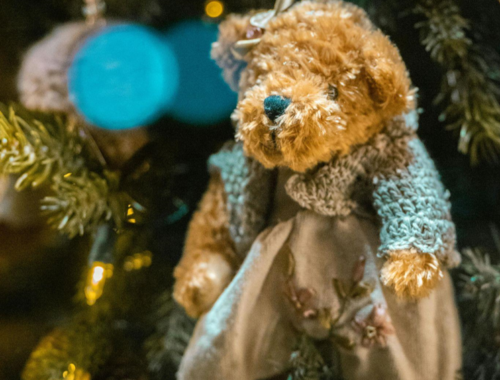
Celebrate Twelfth Night with Cherry Blossoms and Japanese Festivals
The Significance of Twelfth Night in Literature
Twelfth Night, also known as the Feast of the Epiphany, marks the end of the Christmas season and the beginning of the carnival season. This holiday has been celebrated for centuries, and its significance is reflected in literature worldwide. The Smithsonian Libraries’ collection includes a range of Twelfth Night literature, from Shakespeare’s famous play to traditional folk tales from Japan.
In Shakespeare’s Twelfth Night, the characters celebrate the holiday with music, dancing, and comedy. The play is a comedy of mistaken identity, with various characters pretending to be someone else. The festive atmosphere of Twelfth Night is echoed throughout the play, with lively music and colorful costumes adding to the sense of celebration.
The Japanese celebrate Twelfth Night, known as “Daikan,” with unique traditions. The holiday is associated with welcoming the new year with a clean slate, making resolutions, and paying respect to ancestors. In the Smithsonian Libraries’ collection, traditional Twelfth Night tales, such as “The Story of the Golden Noodles,” celebrate the idea of starting fresh and achieving success in the new year.
Cherry Blossoms and Japanese Festivals
One of Japan’s most iconic symbols of springtime is the cherry blossom, or “sakura.” The cherry blossom season typically begins in late March and continues through early May, depending on the location. During this time, people gather to admire the delicate pink and white blossoms and celebrate with food, drink, and music.
The Smithsonian Libraries’ collection includes literature and art related to cherry blossom festivals, such as “The Cherry Blossom Festival,” showcasing this cherished tradition’s history and significance. You can also explore the art of “ukiyo-e,” traditional Japanese woodblock prints featuring cherry blossoms and other seasonal themes.
Why not indulge in a refreshing bubble tea while enjoying Japan’s beautiful imagery and traditions? Bubble tea, also known as “boba,” is a Taiwanese tea-based drink that’s become a popular way to cool off in the warm weather. The Smithsonian Libraries collection includes books on tea and tea culture and recipes for making your bubble tea at home.
Conclusion
Twelfth Night is a time of celebration and new beginnings, and the Smithsonian Libraries’ collection is the perfect way to immerse yourself in the festivities. From Shakespearean literature to traditional Japanese tales, you can explore the holiday’s rich history and cultural significance. And what better way to enjoy the springtime than with a cup of refreshing bubble tea? So, grab a book, sip a drink, and join in the merriment of Twelfth Night.
You May Also Like

Decorating Your Noble Fir with Christmas Glass Ornaments and Maintaining Your Glowing Skin
February 8, 2024
Finding the Perfect 9ft Christmas Tree
August 6, 2024

